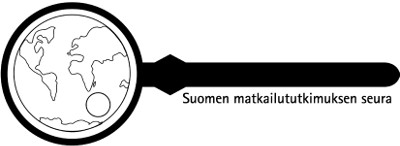Polkuja luontoon – Levin kesäreittiverkoston kehittäminen käyttäjäkokemuksia ja ekologista tietoa yhdistäen
Avainsanat:
public participatory geographic information system (PPGIS), user-based knowledge, trail planning, summer tourismAbstrakti
Tourism season in Lapland is mainly winter. Only one quarter of the registered overnight stays take place in snowless seasons in Lapland. Therefore lots of efforts are made to develop summer tourism. Recreational trails are an important part of this development work. Conventional interviews and surveys produce user-based knowledge that seldom ends up into a system of land-use planning, since information is not georeferenced. This article introduces two methods; one is able to collect user knowledge broadly and comprehensively, the other processes it for trail planning from perspectives of summer and wellness tourism. First, tourists’ and locals’ views about natural areas of the Levi tourism resort were collected with internet-based public participatory geographic information system (PPGIS). The inquiry produced almost three hundred georeferenced favorite places and plenty of descriptive verbal information. This knowledge on strengths, weaknesses and development needs of places was complemented with dozen interviews of locals. The user-based knowledge was combined with ecological knowledge on places that are relevant to nature experiences and wellbeing benefits of nature with the help of GIS-method in order to identify ”hot spots for forest bathing”. The twenty hot spots do not involve only forests but also waterfronts, mires and meadows outside the reach of the official trails but having wellbeing benefits or being important to the users. The Levi network of nature areas was developed in order to give model for land-use and trail planning to avoid the challenges caused by seasonality and to enhance sustainable tourism for other resorts to apply.






